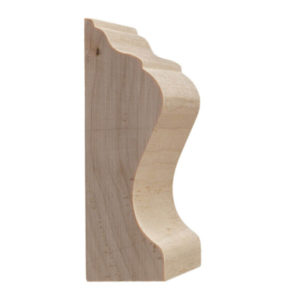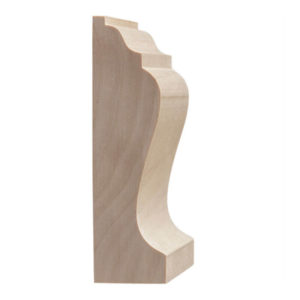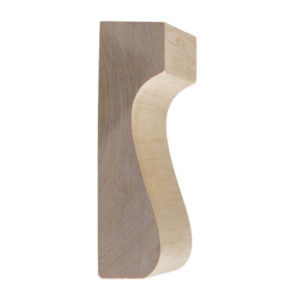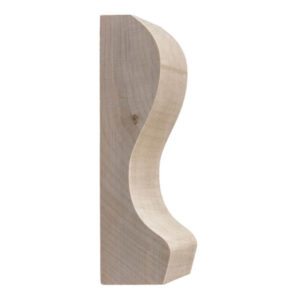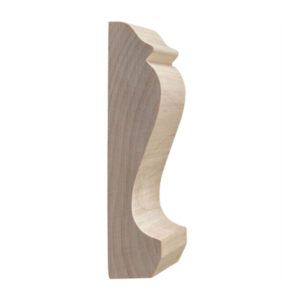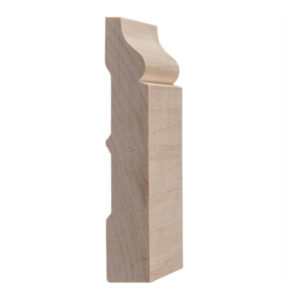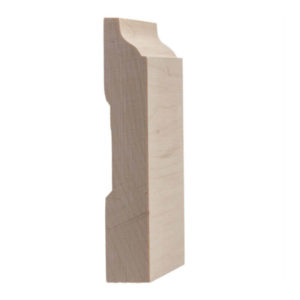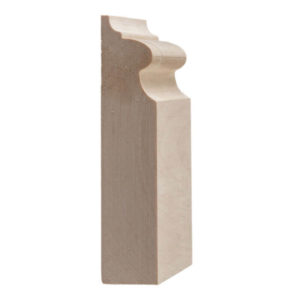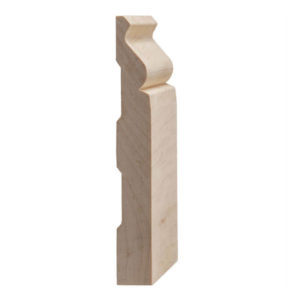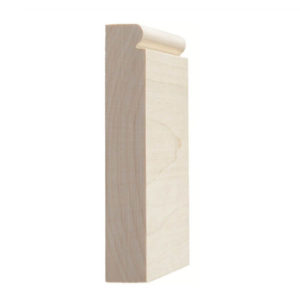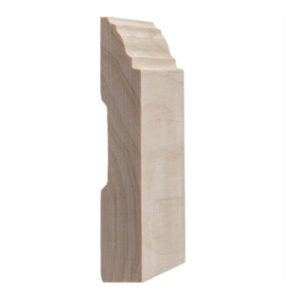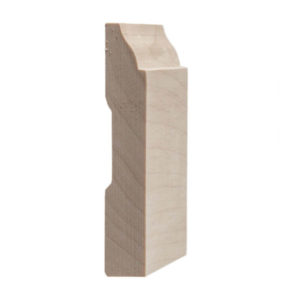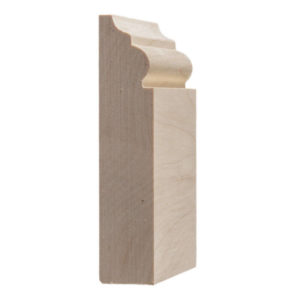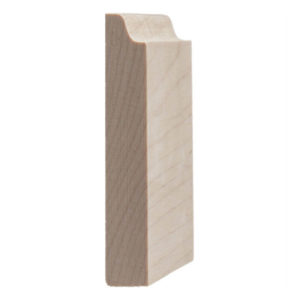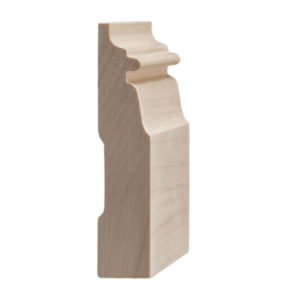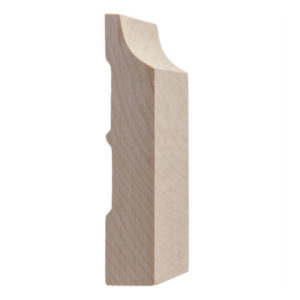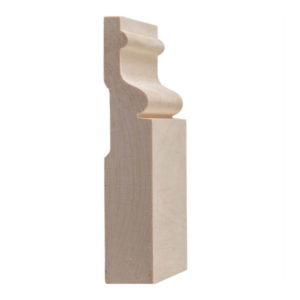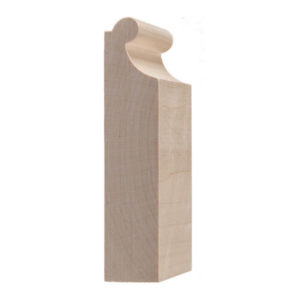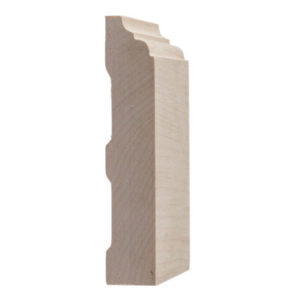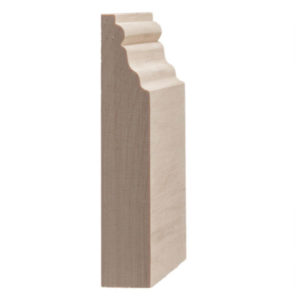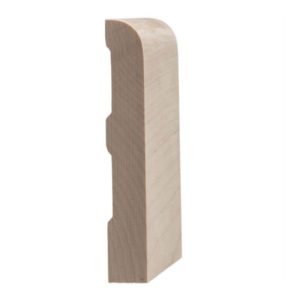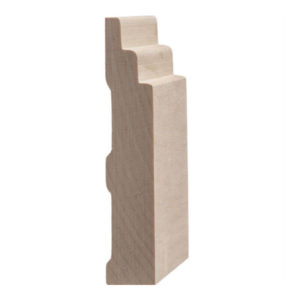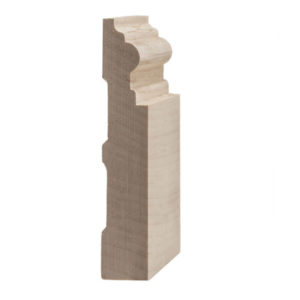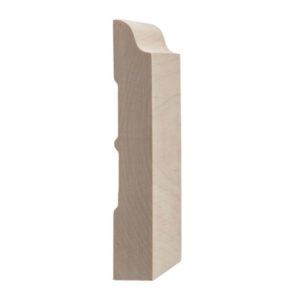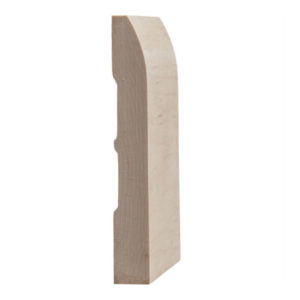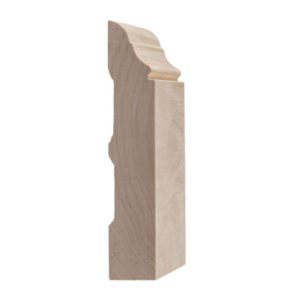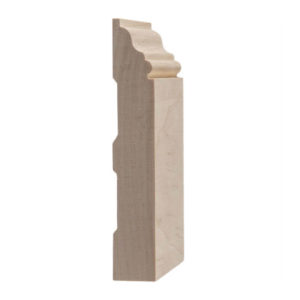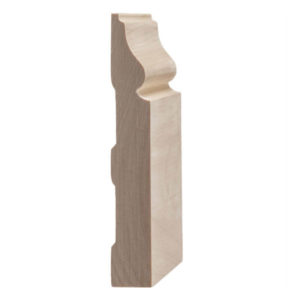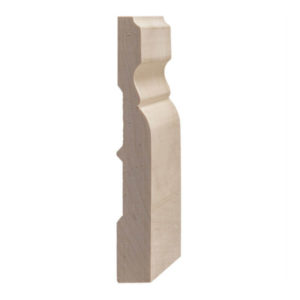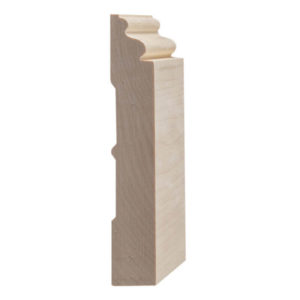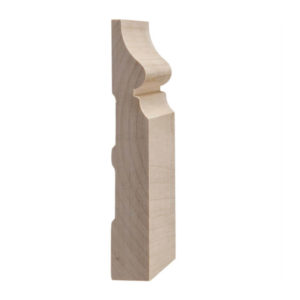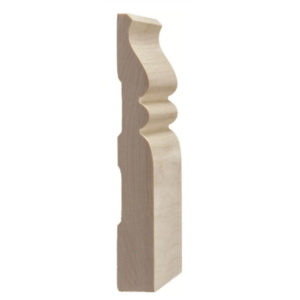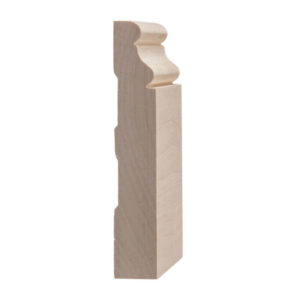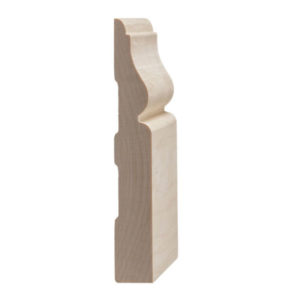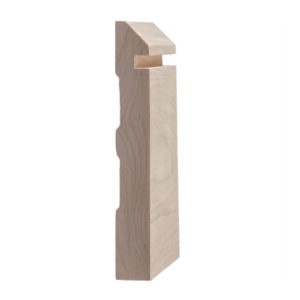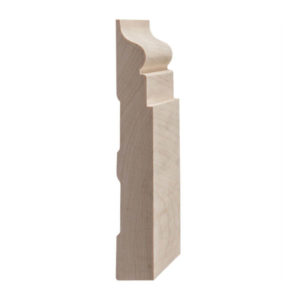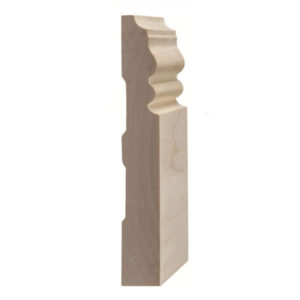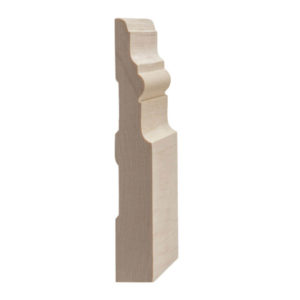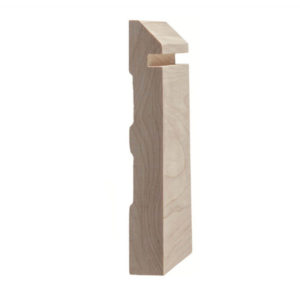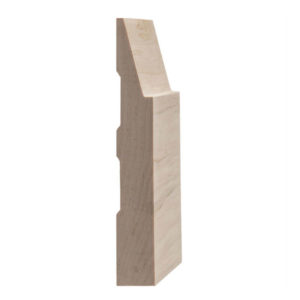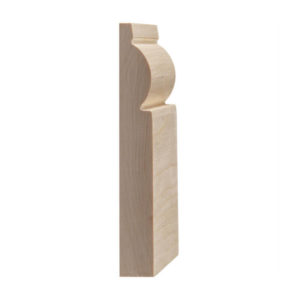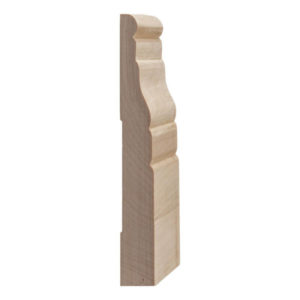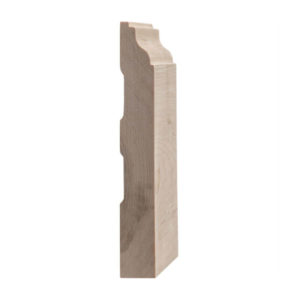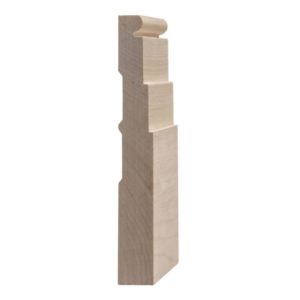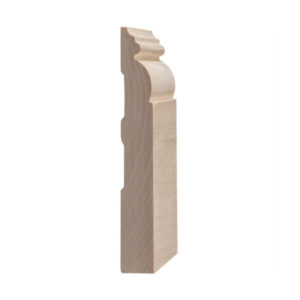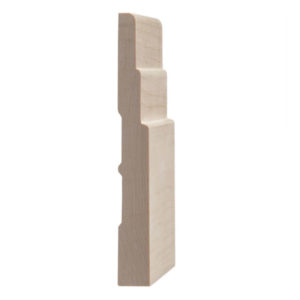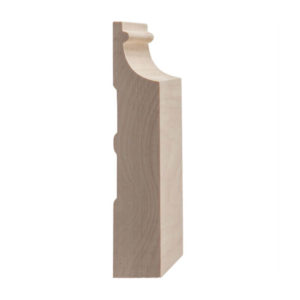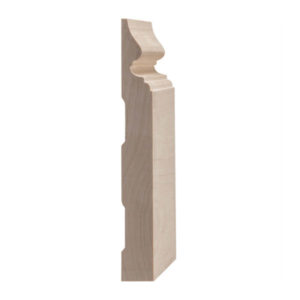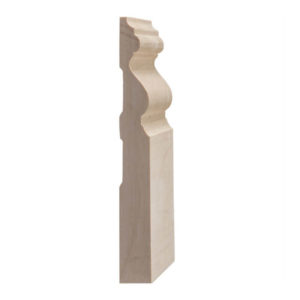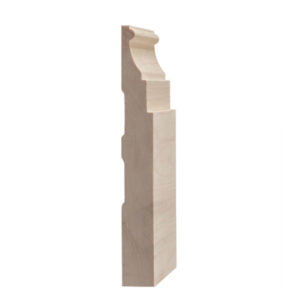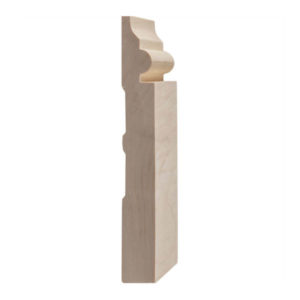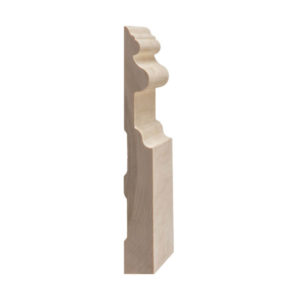Baseboard Moulding
Baseboard moulding (or molding) offers more than just a decorative transition from wall to floor. It covers the bottom of an interior wall and covers the space between the surface of the wall and the floor. Not only does it cover the irregular edge of the floor near the wall, it's there to protect the wall from bumps, abrasions and furniture.
Of course, the decorative look of baseboard moulding is what most people are looking for. Diamond offers a variety of baseboard moulding profiles, which you can browse below. Please contact us here or call (717) 354-3999 to order a custom design.
Finished Baseboard Moulding Ready for Install
Diamond Millwork, or our trusted local finishing partner, can sand, stain, or paint your baseboard before it is delivered to you for installation. Our turn-key service allows us to insure a simple process and the best quality for our clients.
Baseboard Moulding Types & Materials
Baseboard trim comes in a variety of materials. Diamond specializes in wood mouldings and trim, though there are many other types available.
- Solid wood - solid wood baseboard trim is one of the most popular styles of moulding, especially for those who like an organic, natural feel into your home. Hardwood options won't warp over time and allows you to decide on a consistent color pattern throughout your home. Since solid wood can be easily stained, you can choose a color that coordinates well with the rest of your interior design, ensuring all your finishing options flow together. Plus, wood is a natural and renewable resource! Pricing will vary, with a softwood option like pine being cheaper and hardwoods like oak or cherry being on the higher end of the price range.
- MDF - Medium density fiberboard is a very popular option for molding since it's very economical and easy to use. It usually comes pre-primed, making it easier for a DIYer to install themselves. It's also considered to be mold and fungus resistant. However, there are some concerns witht he levels of chemicals used to hold the fibers together and, quite frankly, it just doesn't have the design appeal that solid wood baseboard has.
- PVC - Often labeled "vinyl trim", PVC molding is very resistant to the elements, making it a good choice for use outside or in bathrooms or kitchens where water may accumulate. It can be brittle and tough to work with, needing a hole drilled for every nail. There are also concerns with environmental and health friendliness as there are chemicals used in this type of baseboard. Price range varies, but is comparable to solid wood from a cost perspective.
Baseboard Profiles & Styles
Baseboard profiles can vary greatly, especially since they can be custom designed. However there are several tried and true profile styles used over and over again in homes through the decades.
Some baseboard profiles only reach about 3 to 4 inches up the wall, while others can reach up as high as 6 inches or more with a lot of detail work added to really draw in the eye.
One interesting trick that MDF baseboard molding has adapted to is the back-profiled or back cut baseboard. It's basically molded on both sides, with the back profile cut out to be installed directly over existing baseboard. Since it only fits halfway over the under trim, it gives a stacked look/effect to the baseboard moulding.
Quality Wood Baseboard Moulding & Trim
While every type of baseboard trim has it's place, here at Diamond Millwork we specialize in quality, solid wood baseboards. Hardwood baseboard continues to be the moulding material of choice for clients who want a high-end, tasteful interior design to their home.
If you're interested in learning more about Diamond's trim packages, please contact us here or call (717) 354-3999.

